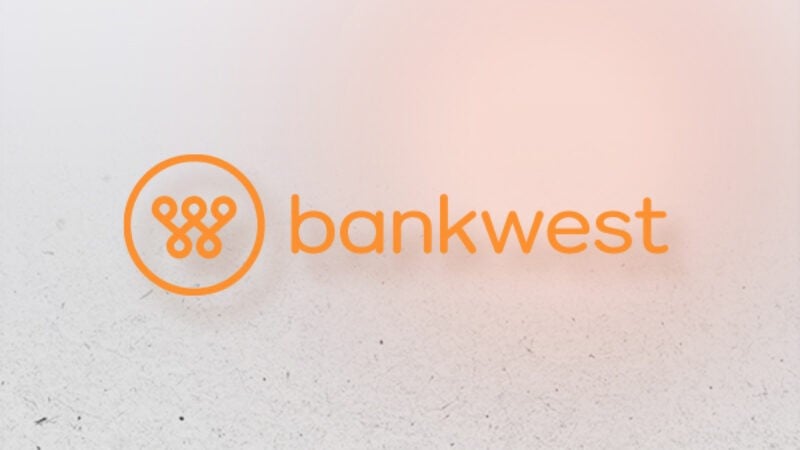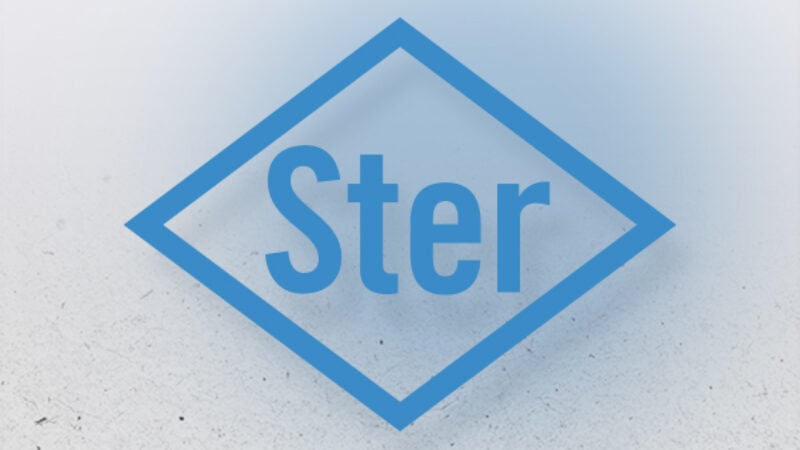4 tips for successful (re)branding
The cosy setting of the January STIMA Brand Café was at the recently opened The House To Be in Zellik, a place where people can find a balance between working and relaxing. This house is all about feeling at home and getting the best out of your employees, not only by working hard but also by providing them with fitness, yoga, mindfulness and even massages. Already in the mood? Then continue reading!
In this first #brandcafé of the year, 4 finalists of Belgium’s New Brand were asked to bring their inspiring stories. Each of them, from those placing a prognosis to fashion and from a laundry bar to an innovative news site, succeeded in reaching great success. Now it was our turn to listen carefully and steal from the best or, as they said: “The secret of creativity lies in hiding your sources”!
The first case was presented by Laurence Anckaert, Brand Adviser Sportsbetting of the Belgian National Lottery (Nationale Loterij) and Toon Diependaele, Chief Strategy Officer of the Young and Rubicam Group. They told us all about their marketing story behind the latest product of the Nationale Loterij, SCOOORE! The product was launched in 2013 and focusses on the fun factor and the group experience of making a prognosis. What is more fun than making a prognosis among friends about the upcoming football game of your favourite team?! But getting rid of the negative connotation of the illegal and dark world of betting in a mainly money-focused atmosphere seemed a hard task…
With SCOOORE! however, they succeeded in going for a product that stands for trust and pleasure. All efforts were focussed on a new target group: the sports lover who just wants to have fun with his friends and enjoys sports. This social aspect was also extended in their new slogan Ambiance verzekerd (i.e. Ambiance guaranteed). Together with the important sponsorship of the Belgian National Soccer team (the Red Devils), this brand/new product of the Nationale Loterij became a huge success and has been providing people with the fun of making a prognosis without ending up in a dark world of betting and money. The key reason of their success is that their users always win because playing this game with your friends is always fun.
The second case was presented by the charming CEO of Bel&Bo, Michel Delfosse. Bel&Bo tells the rebranding story of the family business, Promofashion. Bel&Bo currently has 90 shops in Belgium and has recently launched a webshop. Their core focus and therefore also their brand DNA is all about colour, because they want to provide colourful fashion for the whole family. The reason behind this rebranding story in 2010 was actually the negative association around the previous company Promofashion. They noticed that there was a need for new values that would make the company stronger and at the same time they needed to become a true player in the fashion market by being different from the big discounters out there.
Their product quality improved and with it came a drastic change in service and shop experience. The price/quality perception remained a strong asset. The main factor in this whole rebranding story were the Bel&Bo employees; from the start onwards they were directly involved in the discussions to make Promofashion future-proof! That’s why every single member of the organisation believed in the new story and stood behind the CEO’s vision. Together they turned this new brand into a strong name in the Belgian fashion market.
After the rebranding case of a family company, one of the more disruptive innovations in media land was asked to present their story. Wouter Verschelden, publisher at Newsmonkey as well as inventor, wanted to provide GenY with a new way of consuming news. The youngest generation is no longer reading print media but is increasingly searching news content online. The philosophy behind Newsmonkey was to build a new media brand, where people can take part of the ownership of the content Newsmonkey is providing. Gamification is a very handy tool to increase involvement and to attract people among GenY. The content is not just content but always has a viral character, which means there is always a trigger in terms of shareability of the stories on social media. Their core business is to spot trends and hypes on social media and to try and publish an article before other traditional newspapers get to it. So it’s all about native content, made by GenY and for GenY in record time.
Social media became very important for newspapers and this is also the case for Newsmonkey. As they are only accessible online, they need to go along with the latest social media trends such as WhatsApp and even Snapchat! Very disruptive, so curious to see what’s next!
And of course, they kept the winner for last! The stage was taken by Dries Henau and Yuri Vandenbogaerde, founders of the WASBAR and winners of Belgium’s New Brand Award 2015, to present their story behind the success of WASBAR. WASBAR opened in October 2012 in Ghent and was the start of an unexpected success. It all started with 2 young men, living in a small apartment in Ghent. They loved living in their small apartment in Ghent city centre but their problem was not being able to do their laundry. Going to a traditional laundrette was not one of their favourite pastimes so they used to take their laundry home. But then the idea came to them to start their own business, combining a laundrette and a bar. Without any money but with a plan, they started looking for investors.
At the beginning, many people didn’t believed in this project, until they succeed in convincing Electrolux. The moment they got selected for the program Topstarter, they decided to fully go for their WASBAR. The focus of the project was all about the experience. Providing people with a nice and cosy environment where they can do their laundry and have a drink or a bite to eat while waiting for it. Focussing on these 2 aspects was the most important factor in their success, together with a lot of storytelling and PR buzz. As WASBAR was making a difference when it came to experience and design, they were unable to patent their concept… This meant that they would need to be fast! And that’s exactly what they did. In 1.5 years’ time, they opened 3 WASBARS in Belgium, Ghent, Antwerp and Kortrijk. And now, 3 years later, they have sold the company to Top Brands, who also own Pizza Hut and the bakery chain Paul. The success story will continue, with 4 new shops in Belgium, one in France and one in the Netherlands.
For us the main take-aways from these success stories are:
- Get out of your comfort zone and try something new
- Love your brand! (even if you are having a bad day)
- Bring a story and make it authentic
- Never forget the importance of design
With these 4 tips and 4 authentic stories from different companies, we can say that we learned a lot about the importance of believing in your concept, hard work, story-telling and most importantly: the experience products and brands can give you.




